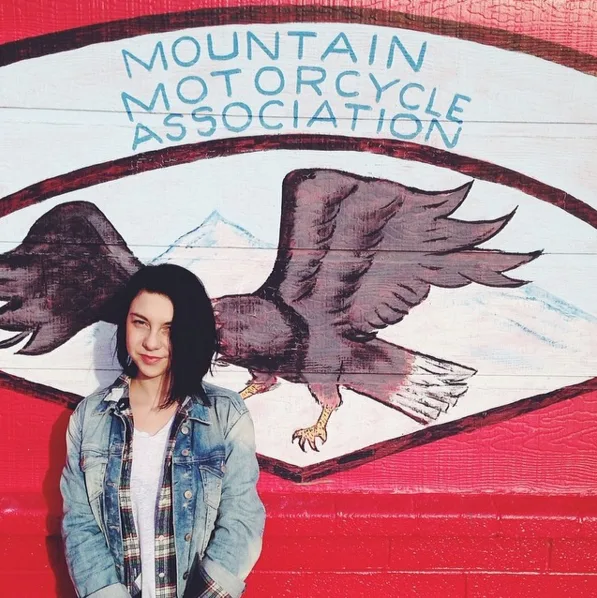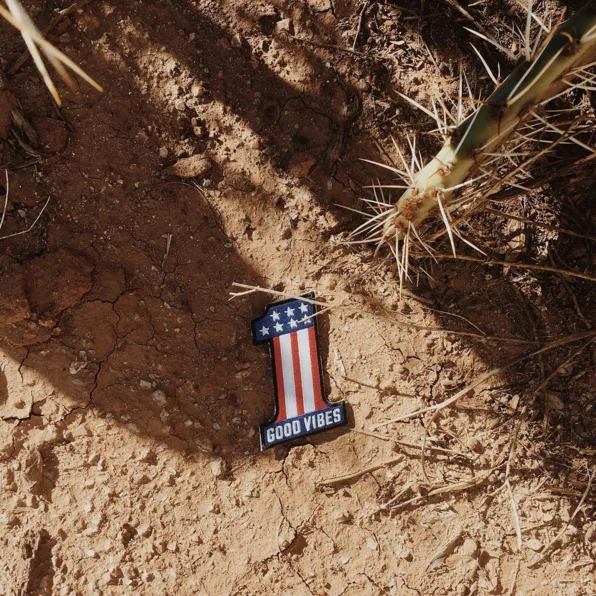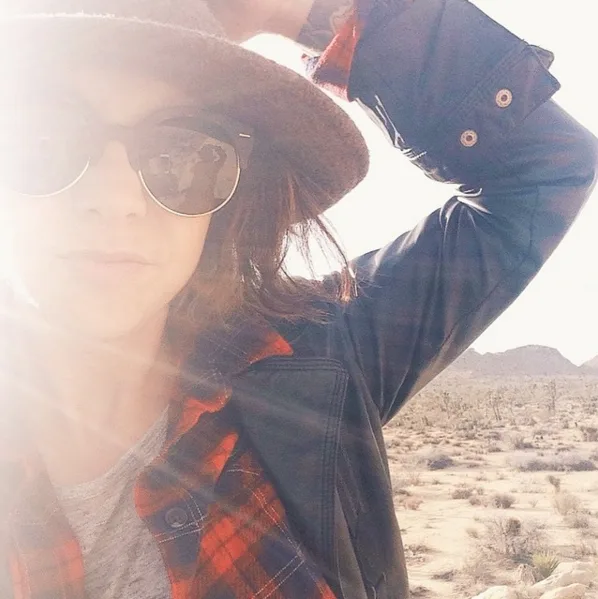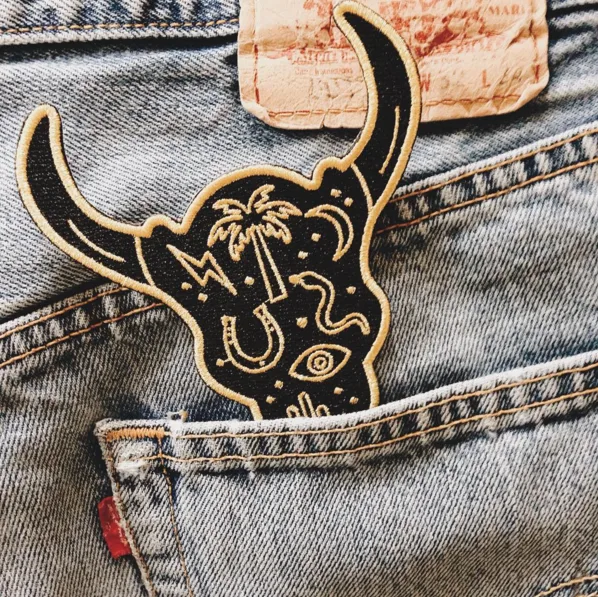Sidewinder Goods Brings the Desert to the Windy City
- 4 May 2016
- ByAndy Newman
- 2 min read

Kira Cronin, the designer and owner of Sidewinder Goods, has perfected her Southwest style while living in the Midwest.
She recently sat down with us to chat about how she came to make desert-inspired goods in Chicago, what influences her, and how she brings a product from idea to reality.
###What's your day job and night job look like?
Between 9 to 5, I’m an Art Director at an ad agency. In the off hours, I’m the one-woman show that is Sidewinder Goods.

###How did you get started with your shop? Where did the name and branding for Sidewinder come from?
Working in advertising can be fulfilling in its own way, but I was looking for a secondary creative outlet; I wanted to be my own boss in some capacity, and I’ve always been attracted to product design and marketing. Since dry goods like pins and patches can be designed and outsourced, I figured, why not start there?
As for the brand, Sidewinder is a really fascinating snake native to the American Southwest. They literally move sideways, throwing their bodies into an ‘S’ shape - hence the logo.
I take a lot of inspiration from specific places and moments in my life

###You live in Chicago, but make desert-inspired goods. What sparked that direction for your work?
There is something so intriguing about the desert; mountains, plant life, even just the spiritual feeling of it all. It’s hard not to take something like that and run with it.
###Where do you find inspiration?
I take a lot of inspiration from specific places and moments in my life, which is why a few of our products are named after locations like Yucca Valley or the Mojave desert. Besides that? Dolly Parton, mostly.


###What's your process like for coming up with a new product idea?
Sometimes I sit on an idea for weeks, or even months. Other times, I’ll be playing around with a design and it just sort of falls into place. The trickiest part of it all is trying to decipher what designs appeal to me specifically, and which will actually sell.
###Let's say you've decided on an idea for your next product. What's your next step?
The initial concept for a design is typically sparked by something I've seen previously, be it a really great book cover, or even an old enamel pin. If something piques my interest or feels right for the brand, I will make a note of it and save it for later. When I set out to begin the illustration process, I gravitate towards the most personally exciting options in that pool.
As for the design itself, all Sidewinder products are created using Adobe Illustrator and a Wacom tablet. When I’m working on a concept for a new idea, I will typically pull all of my inspiration for that particular project to the sides of my art board and then get to work. For me, there is a ton of freedom in creating art digitally - the duplicate tool is a really good friend of mine.
From the outset, I did my best to imagine a person who could represent my target market. She probably hangs out at the local dive bar and rides motorcycles on her days off.
###At what point do you decide to take the idea from a design and turn it into a physical product?
Before finalizing a design I always show the file to a few good friends. Not only does this help gauge the ability to sell a product, but I will often get a few really great revisions out of the whole thing. If I’m still on the fence about moving forward with something after that point, I'll sit on the design for a while and see if it sparks anything new a few days later. As a rule of thumb, if I’m not 100% confident in a design it shouldn't get made.
###Do you have any methods for keeping your style so consistent across different designs, types of products, and your product photography?
From the outset, I did my best to imagine a person who could represent my target market. She probably hangs out at the local dive bar and rides motorcycles on her days off. Whenever I’m creating a new product or posting something to Instagram, I try to run it through her filter. Would she buy this patch? Would she like this picture? If the answer is yes, it’s a go.

###Since this is your side gig, what do you do to make sure you're dedicating enough time for Sidewinder to be successful?
This is a question I struggle with constantly. At the end of the day, if my orders are out the door and my email is up to date, I feel like I’ve accomplished something. I do my best to dedicate time to new designs when I can, but since this is my side gig, I’m not married to any real timeline. For the time being, Sidewinder products are released when the right idea presents itself. I never want to make things just to make them or fill a quota. I want to make things that I’m proud of.
You never know unless you try.
###Your products are sold in a few physical retail locations. How'd that come together? Any tips for someone wanting to explore that?
The internet is a really great tool in terms of getting your brand out there and spreading the word about yourself and what you do. Beyond having a presence online, my advice would be this: Don’t be afraid to ask. Send messages. Leave comments. Reach out. You never know unless you try.
Be sure to give Kira a follow on Instagram so you can admire her beautiful product photography and to stay up-to-date on her latest work.
4 May 2016
Words by:Andy Newman
- Share